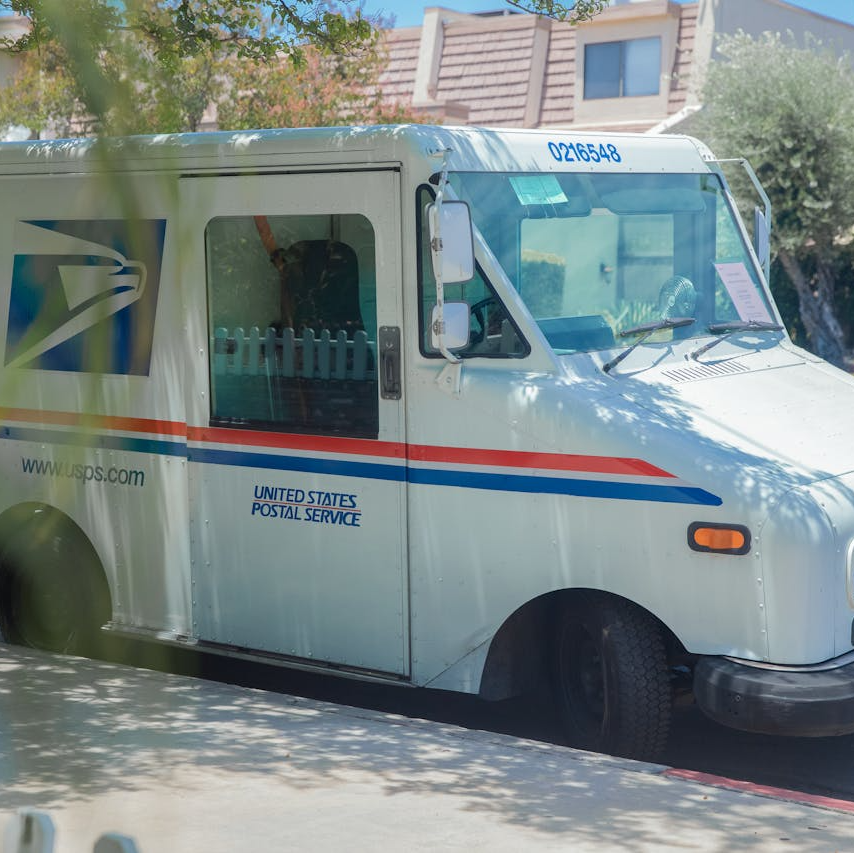Key Takeaways
-
PSHB deductibles reset every January, requiring you to pay the full deductible amount again at the start of each year before your plan begins sharing costs.
-
Even with in-network coverage, you may end up paying thousands out of pocket before coinsurance or copayments apply, especially if you don’t fully understand your plan’s deductible structure.
The Deductible: A Cost That’s Easy to Miss Until It Isn’t
When you enroll in a Postal Service Health Benefits (PSHB) plan, it’s natural to focus on monthly premiums, copayments, or coverage for medications. But hidden in plain sight is one of the most important elements of your health plan: the deductible. This is the amount you must pay out of your own pocket each year before your health plan starts covering a larger share of the costs.
For many, the deductible feels invisible—until they’re suddenly hit with bills for routine visits, diagnostic tests, or unexpected hospital stays. And in 2025, with inflation driving healthcare costs higher, ignoring your deductible could cost you significantly more than you planned.
What Exactly Is a Deductible?
Your deductible is a fixed amount that resets each calendar year. Until you pay this amount out of pocket, most of your healthcare costs won’t be covered beyond basic preventive care. Under PSHB, deductibles vary depending on your plan and whether you’re using in-network or out-of-network providers.
Typical deductible amounts in 2025 are:
-
In-network: $350 to $500 for Self Only coverage
-
High-deductible plans: Up to $1,500 for Self Only, or $3,000 for Self Plus One or Family
Remember, only after reaching this deductible will your plan cover expenses through coinsurance or copays.
When Does Your Deductible Reset?
Your PSHB deductible resets every January 1. That means even if you met your deductible in December, the counter starts over just weeks later. This reset can be financially jarring if you have ongoing care needs at the start of the year.
This reset applies no matter how much (or little) you used your plan the year before. It’s not prorated or carried over.
What Counts Toward the Deductible?
Expenses that typically count toward your deductible include:
-
Doctor’s visits (non-preventive)
-
Specialist consultations
-
Lab tests and imaging (X-rays, MRIs, etc.)
-
Hospital admissions
-
Outpatient procedures
-
Urgent care and emergency room services
Preventive care services like annual checkups, flu shots, and certain screenings are often covered without applying toward the deductible.
Why It Feels Invisible at First
Many PSHB members don’t notice their deductible until they actually need care. Here’s why:
-
Premiums don’t count: You pay monthly premiums whether you use services or not, but those don’t reduce your deductible.
-
Preventive services are free: These don’t trigger the deductible, so it feels like you’re covered fully—until a procedure or scan is needed.
-
Surprise timing: The deductible resets with the calendar year, not the anniversary of your plan. People often discover this during January or February appointments.
How Fast Can Costs Add Up?
Let’s say your plan has a $500 in-network deductible. That might not seem like much—until you:
-
Visit a primary care doctor ($150)
-
Get lab work and imaging ($250)
-
See a specialist ($300)
At this point, you’ve already paid $700, and only after $500 does your plan begin applying coinsurance or copayments. That initial $500 came entirely out of your pocket.
Now consider if you’re on a high-deductible plan ($1,500 to $3,000). A single MRI or minor surgery could leave you responsible for the entire bill.
In-Network vs. Out-of-Network: Why It Matters
In-network care is generally much less expensive and counts more efficiently toward your deductible. If you seek care out-of-network, you might face:
-
Higher deductibles (sometimes double)
-
Separate deductibles for in-network and out-of-network care
-
Balance billing from non-network providers
If your plan has a $500 in-network deductible, it might have a $1,500 out-of-network deductible—plus higher coinsurance rates after that.
Coordination With Medicare for Annuitants
If you’re a retired Postal Service annuitant enrolled in both a PSHB plan and Medicare Part B, your deductible burden could be reduced.
In 2025, many PSHB plans offer:
-
Waived or reduced deductibles when Medicare is primary
-
Lower copayments for inpatient or outpatient care
-
Full coverage for some services after Medicare pays its share
Still, you must be enrolled in both Medicare Part B and a PSHB plan to benefit. If you opted out of Medicare, you’ll be responsible for the full PSHB deductible.
Deductibles for Families Are Higher—and More Complicated
Family deductibles under PSHB plans aren’t just bigger—they often require meeting an individual and a total family deductible.
For example:
-
A family plan may have a $1,000 individual deductible and a $2,000 family deductible
-
One person could reach $1,000 and begin receiving coinsurance benefits, while the rest of the family still pays out-of-pocket
-
Only after $2,000 total is reached will full family cost-sharing kick in
Understanding how these tiers work is crucial to planning your healthcare spending.
Your Deductible Doesn’t Include These Costs
Even after meeting your deductible, you may still owe:
-
Copayments: Flat fees for visits or prescriptions
-
Coinsurance: A percentage of the bill you’re responsible for
-
Non-covered services: Treatments or providers outside plan scope
-
Out-of-pocket maximums: These are separate and kick in only after all cost-sharing (including deductible, coinsurance, and copays) reaches a cap
Deductible spending is just one layer of what you pay before full coverage kicks in.
Timing Your Care Around the Deductible Reset
If you’re anticipating a medical procedure or chronic care visits, timing matters. For example:
-
Late-year care (October–December): Might hit your deductible but not offer long-term savings, as it resets January 1
-
Early-year care (January–March): Costs feel higher because you’re starting from zero
-
Mid-year care (April–August): Easier to budget and align with FSA/HSA usage
Knowing your deductible status helps you time elective care more strategically.
Budgeting Tools to Manage the Deductible
Several tools can help you plan ahead:
-
Flexible Spending Accounts (FSA): Contribute up to $3,300 in 2025, tax-free
-
Health Savings Accounts (HSA): For those with high-deductible PSHB plans
-
Annual PSHB plan statements: Track what you’ve paid toward your deductible
-
Plan brochures: Break down deductible rules by tier and provider type
Understanding and using these tools can help you avoid financial shocks.
Why This Matters More in 2025
Healthcare costs are continuing to rise in 2025, and deductibles are often adjusted annually. A deductible that felt manageable last year may be hundreds of dollars higher this year, especially for high-deductible options.
If you haven’t reviewed your plan brochure in detail or tracked your deductible in past years, now is the time. What feels invisible in January can cost you thousands by July.
Know Before You Pay: Your Action Plan
-
Review your PSHB plan’s deductible for 2025
-
Understand what services apply to the deductible and what doesn’t
-
Use in-network providers whenever possible
-
Consider enrolling in Medicare Part B if you’re eligible as an annuitant
-
Track deductible spending through your plan portal
-
Plan elective procedures based on deductible progress
-
Budget using FSA or HSA accounts to soften out-of-pocket costs
Avoiding Deductible Surprises Starts With Awareness
PSHB members often feel caught off guard when they receive large medical bills at the start of the year. But these costs aren’t hidden—they’re just misunderstood. Deductibles are a built-in part of how your plan shares costs with you.
If you know what to look for, when your deductible resets, and how your plan treats different services, you can budget better, time your care more effectively, and avoid financial stress.
For personalized help understanding your PSHB plan’s deductible and how it affects your care, speak with a licensed agent listed on this website. They can guide you through the fine print and help you choose a strategy that fits your health and budget in 2025.











